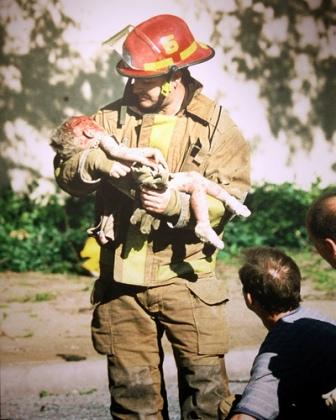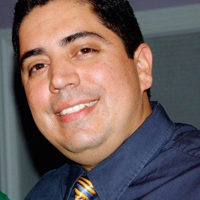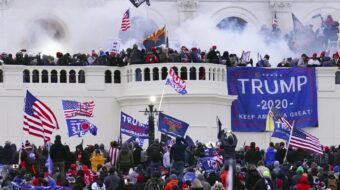
On April 19, the nation paid tribute to the 168 men, women and children who died 15 years ago in the Oklahoma City bombing. However many argue there are striking similarities between the violent tenor of that period and the political anti-government discourse of today.
The April 19, 1995, bombing of a federal building in Oklahoma City is widely seen as the worst homegrown terrorist attack on U.S. soil. Army veteran Timothy McVeigh was eventually convicted and executed in 2001.
McVeigh said the reason for the attack was, in part, to seek revenge against the U.S. government for its 1993 raid on the Branch Davidian compound in Waco, Texas. The Texas fiasco fueled anti-government furor among far-right groups, including militias, against the Democratic presidency of Bill Clinton.
Ironically, in Oklahoma, state lawmakers are considering a law to grant local voluntary militias the ability to thwart unwanted federal initiatives and to preserve state sovereignty. Oklahoma tea party leader J.W. Berry, whose newsletter’s motto says, “Buy more guns, more bullets” argues the militia proposal isn’t “a far right crazy plan or anything like that. This would be done with the full cooperation of the state Legislature.”
Since the 2008 election of Democrat Barack Obama, the country’s first African American president, many say these anti-government groups are prompting renewed concerns about an Oklahoma City-like attack.
Like in the early 1990s, the tea party movement, along with armed militias, are becoming more prominent and receive daily encouragement from Republican political leaders, media personalities and a vast array of media outlets.
Take for example Sarah Palin’s “Don’t retreat. Reload,” comment at a recent tea party rally. Or Democratic members of Congress who were threatened with racial and homophobic slurs after the historic health care bill was passed.
The Republicans obstructionist tactics towards the Obama administration’s reforms encourages and foments the anti-government anger and violence. They used similar tactics after Clinton won the presidency in 1992.
McVeigh and co-conspirator Terry Nichols were both motivated by hatred and fear of what they saw as an over-reaching federal government, and Republican politicians propagated those same anti-government arguments. That movement found expression at gun shows and with militia groups and eventually gained traction when the Republicans took over Congress in 1994. Before that election, Congress passed a ban on assault rifles, which was used by these forces to propagandize about vast conspiracies by the Democrats to strip Americans of their right to bear arms.
Obama, seen by many as a relatively liberal president, is despised and feared by the right. And legislation by his administration, especially health care reform, is described in apocalyptic terms by conservatives and seen as the first step in a government takeover. According to the Southern Poverty Law Center, hate and vigilante groups, now numbering about 1,000, increased by 54 percent between 2000 and 2008. And anti-immigrant organizations grew last year by almost 80 percent.
In a New York Times opinion piece, former President Clinton says the lessons learned 15 years ago are as important now as they were then.
“We should never forget what drove the bombers, and how they justified their actions to themselves,” writes Clinton. “They took to the ultimate extreme an idea advocated in the months and years before the bombing by an increasingly vocal minority: the belief that the greatest threat to American freedom is our government, and that public servants do not protect our freedoms, but abuse them.”
Clinton adds, “We are again dealing with difficulties in a contentious, partisan time. As we exercise the right to advocate our views, and as we animate our supporters, we must all assume responsibility for our words and actions before they enter a vast echo chamber and reach those both serious and delirious, connected and unhinged.”
“Civic virtue can include harsh criticism, protest, even civil disobedience,” notes Clinton, “but not violence or its advocacy.”
“Fifteen years ago, the line was crossed in Oklahoma City,” adds Clinton. “In the current climate, with so many threats against the president, members of Congress and other public servants, we owe it to the victims of Oklahoma City, and those who survived and responded so bravely, not to cross it again.”
Photo: A firefighter rescues one of the youngest victims of the terrorist attack on Oklahoma City’s federal building in 1995. Among the government offices was a day care center.











